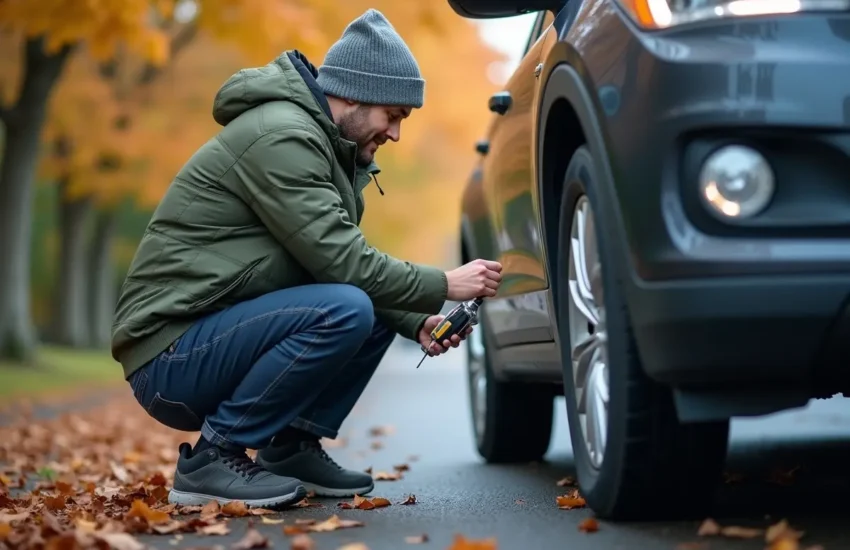An In-depth Analysis of Third-Party Crime Premises Liability
In an environment where the likelihood of criminal activities is on the rise, one core aspect of legal practice that has gained prominence is the notion of third-party crime premises liability. This concept, though straightforward on paper, is riddled with complexities when applied in the real world.

Understanding the Concept of Third-Party Crime Premises Liability
Third-party crime premises liability, in essence, pertains to the legal responsibility of property owners or occupiers for criminal acts committed by a third party on their premises. These crimes can range from assaults and robberies to more severe offenses. The pivotal factor that determines legal liability is the foreseeability of the crime. Additionally, considering the complexity of such a case, feel free you click here now to consult a lawyer who knows a lot about it.
The Principle of Foreseeability
Foreseeability is a legal principle that dictates whether a particular criminal act was predictable or not. If a property owner could reasonably predict that a crime might occur, they are obligated to take measures to prevent it. There are primarily two tests used to determine foreseeability: the existence of prior similar incidents and the totality of the circumstances test.
Prior Similar Incidents
Under this test, the nature and frequency of previous crimes committed on the premises or in its immediate vicinity are considered. The crimes need not be identical but must be similar enough to establish a pattern that would alert the property owner to the risk.
Totality of Circumstances
This test takes a more holistic approach by assessing various factors such as the location, condition of the property, and the owner’s past experiences. For instance, a parking lot in a high-crime area may be more likely to be the site of foreseeable crimes than one in a safer neighborhood.
The Role of Special Relationships
Certain relationships between the property owner and the victim can also impact the owner’s duty to protect against third-party crimes. These relationships could be between a carrier and passenger, an innkeeper and guest, or a business invitor and invitee. The existence of such relationships could elevate the property owner’s responsibility to safeguard against foreseeable crimes.
Differentiating Between Liability Standards Across Jurisdictions
Different jurisdictions have varying standards when it comes to determining foreseeability and, by extension, the liability of the property owner. Some states adhere to the foreseeability rule, while others do not consider this factor in their duty of care standards.
Negligent Security as a Ground for Liability
Negligent security is another vital aspect of premises liability cases. It involves situations where the property owner fails to implement adequate security measures, leading to injuries or losses due to third-party criminal acts.
Manifestations of Negligent Security
Negligent security can manifest in various forms, including inadequate lighting, broken locks, insufficient security personnel, poorly maintained equipment, and lax control over keys, among others. If an owner voluntarily undertakes a duty to protect their visitors by employing security guards, they must ensure the guards perform their duties with due care.
Conclusion
Property owners bear a significant responsibility to protect their lawful visitors from foreseeable third-party criminal acts. Failure to do so can result in legal consequences under the principle of third-party crime premises liability. Therefore, understanding the nuances of this legal concept is crucial for both property owners and victims of third-party crimes.
If you or a loved one has been a victim of a third-party crime on someone else’s property, it’s advisable to consult with a seasoned premises liability attorney. They can help you understand your rights and the potential to seek compensation for the injuries and losses suffered.


